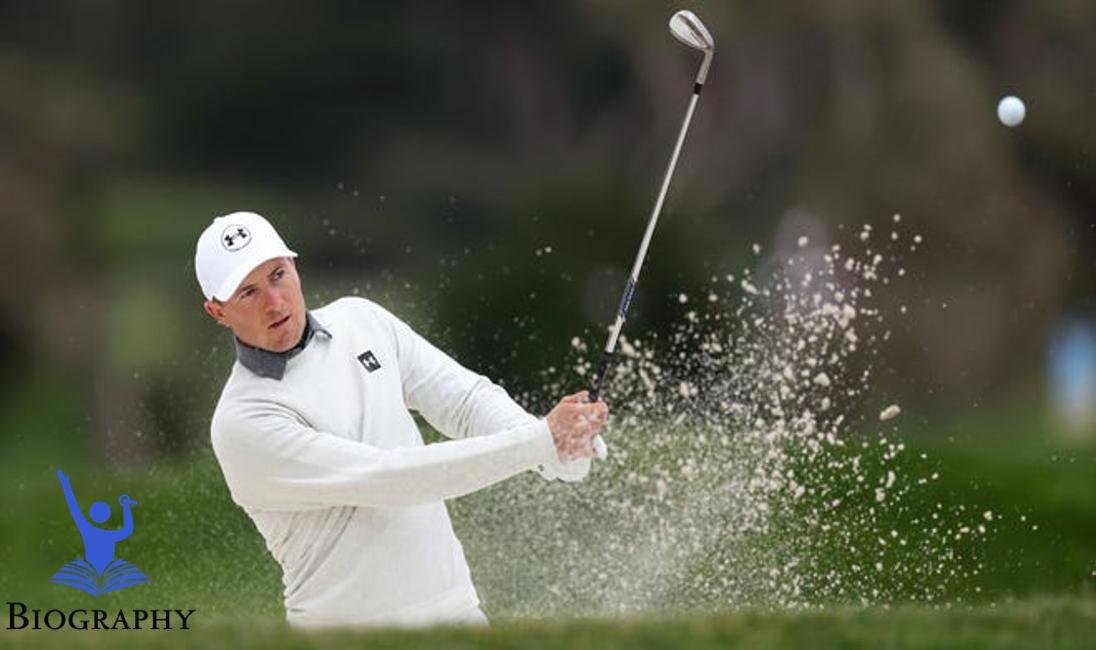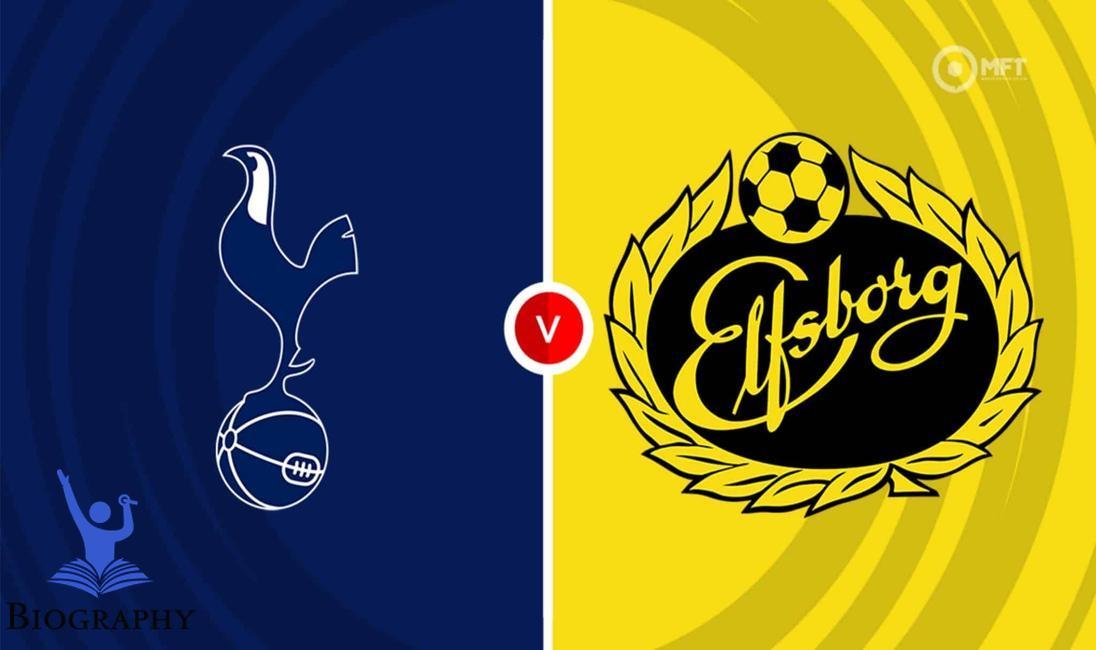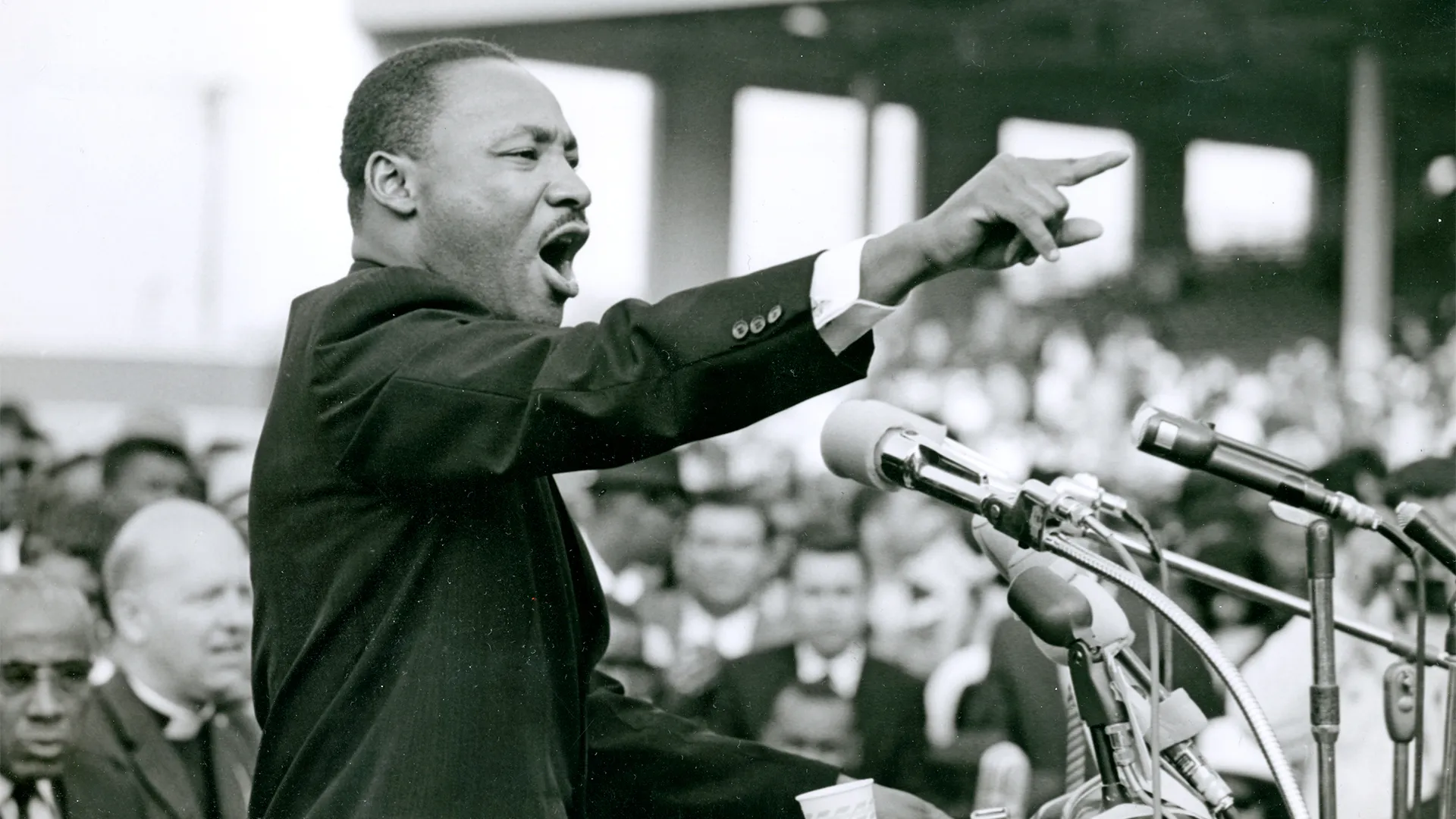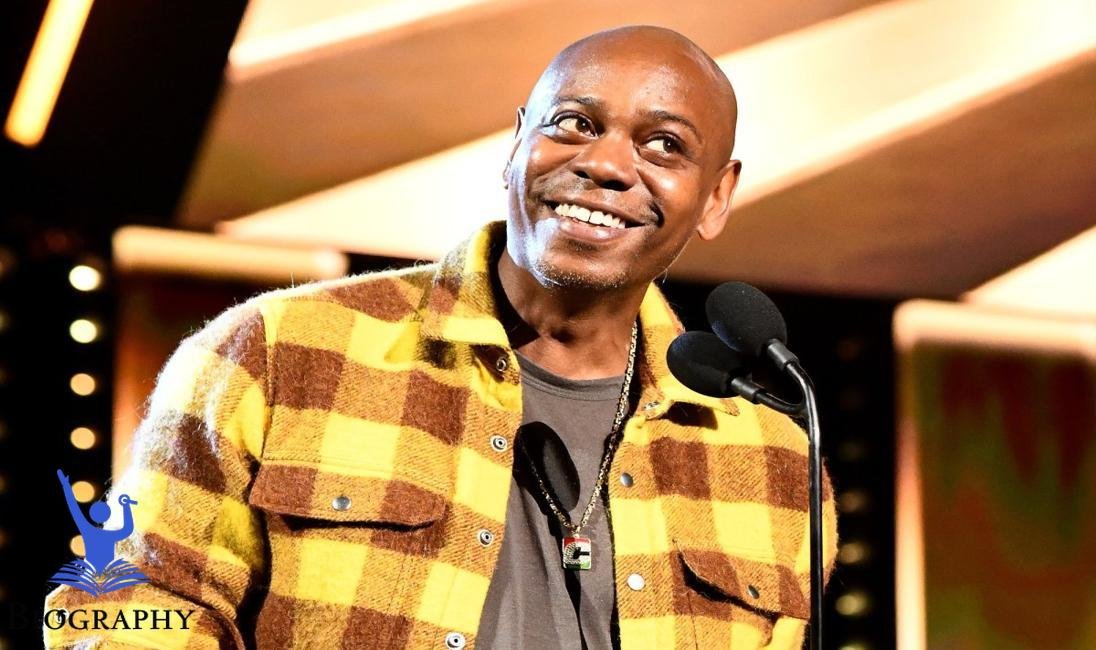Now Reading: Andrei Tarkovsky: A Visionary Director’s Journey | Bio | Career | Wiki
-
01
Andrei Tarkovsky: A Visionary Director’s Journey | Bio | Career | Wiki
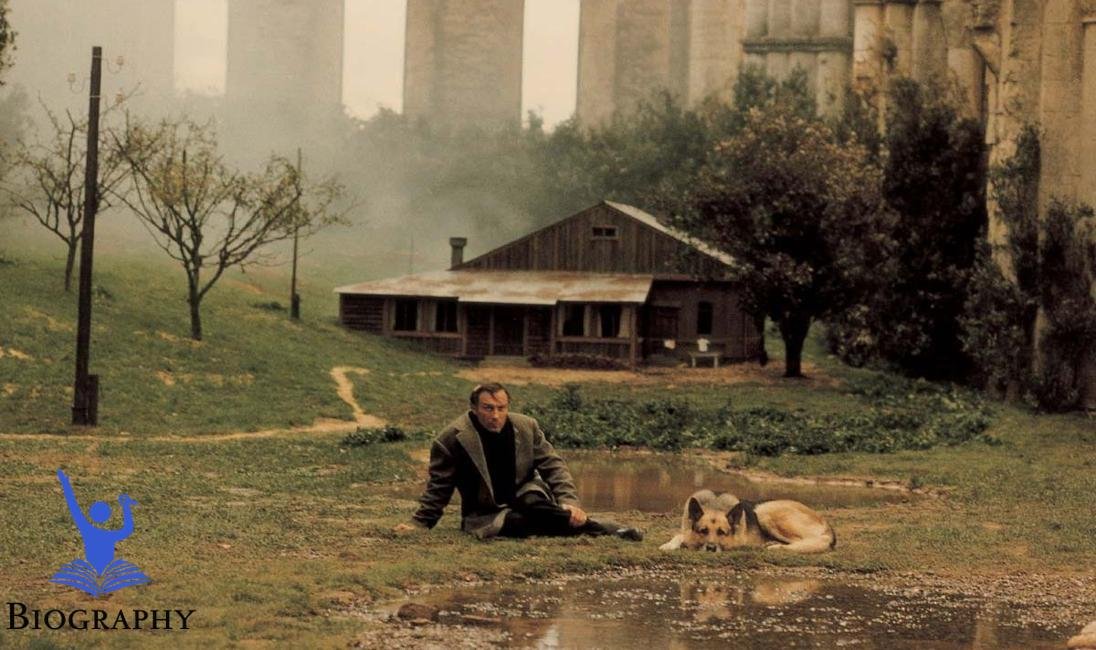
Andrei Tarkovsky: A Visionary Director’s Journey | Bio | Career | Wiki
Andrei Tarkovsky: A Biography
Quick Facts Table
| Attribute | Details |
|---|---|
| Age | 54 (Born April 4, 1932 – Died December 29, 1986) |
| Weight | Approx. 165 lbs (75 kg) |
| Height | 6 ft (183 cm) |
| Original Name | Andrei Arsenyevich Tarkovsky |
| Eye Color | Blue |
| Children’s Names | Andrei (son), Aist (daughter) |
| Birthdate | April 4, 1932 |
| Spouse | Irma Raush |
| Home | Paris, France |
| Hometown | Zavrazhye, Russia |
| Origin | Russian |
| Exes | None |
| Brand Ambassador Roles | None |
1. Early Life and Family
Andrei Tarkovsky was born on April 4, 1932 in Zavrazhye, Russia. He was the son of the famous writer Arsenie Tarkovsky and teacher Maria Ivanovna. Having experienced a childhood in a visual environment, Andrei offered crafts and calligraphy at an early age.
His family moved to Moscow when he was young, transitioning from war-torn Russia to an active social environment. Tarkovsky had a comfortable rapport with people and especially respected his father’s verse and creative expression. He also had a pretty creative mind as a young man, often wanting to become an artist or an adult, preparing for his future in filmmaking
2. Early Career and Struggles
Tarkovsky’s career as a filmmaker began in the 1950s when he enrolled at the prestigious All-Russian State College of Photography (VGIK). His biggest memorable film project was a small, unstudied 1956 film called “The Executioners” and it didn’t get the reception he’d hoped for
After graduating in 1960, he made several short films, each reflecting his developing mind. In any case, he faced many challenges, including restrictions imposed by the Soviet entertainment world. His early work was widely criticized for its slow pacing and contemplative nature, a definite contrast to the action scene films he was better known for at the time
Tarkovsky’s battle was on as he tried to articulate his deep themes and personal vision while exploring the highly restrictive Soviet film environment
3. Rise to Stardom
Tarkovsky’s battle was on as he tried to articulate his deep themes and personal vision while exploring the highly restrictive Soviet film environment
The film reflected Tarkovsky’s exuberant style, mixing dramatic symbolism with the important themes of misfortune and honesty. This opened doors for him, allowing him to do more aggressive things.
After “The Developing Experience of Ivan,” Tarkovsky presented the infamous “Andrei Rublev” (1966), a verifiable exhibition of the presence of a fifteenth-century Russian figurative painter who though it faced harsh scrutiny in the USSR though it cemented Tarkovsky as a giant figure in the world of cinema
4. Success
Tarkovsky pursued redemption with the success of a brilliant film. One of his most famous works is “Solaris” (1972), an adaptation of the Stanisaw Lems novel. It explores human nature and existence through a focus on science fiction, culminating in a class paradigm.
Another infamous film, “The Mirror” (1975), is more private, drawing on Tarkovsky’s own memoirs and interviews. Known for fantasy like story structure and beautiful symbolism, coupled with the boss’s imaginative vision and deep themes.
In 1983, Tarkovsky presented “Sentimelity,” a film about sensuality and desire, further solidifying his status as one of cinema’s unique chapters His work captured both public and academic attention around the world, . and turned him into an important figure in Russian cinema.
5. Failure
Despite his success, Tarkovsky faced a few hardships and disappointments in his career. In the 1970s, he battles hardship with the Soviet government, which pencils his films with a heavy blue pencil. He has been heavily scrutinized for not adhering to conventional filmmaking techniques, arousing official displeasure and banning his own projects in Russia
His last film, “The Pains” (1986), came from the Soviet Union and was made in Sweden. While Tarkovsky appreciated otherworldly depths, he lamented the difficulties of gaining a vision from a distance, completely banished. During this time his well-being deteriorated and he struggled with the high cost of living away from his hometown.
6. Television Career
Tarkovsky’s TV career was modest, focusing primarily on allusions to films. Regardless, his films have been appreciated and focused on TV spots and discussions that touch on his unique style and profound themes in cinema
His approach to narrative and professional strategies has been highlighted repeatedly in film studies, demonstrating his past lasting impact on the film.
7. Humanitarian Work
Throughout his life, Tarkovsky was active on subsidiary themes. His films often reflect deep social themes, including the human condition, sustainability and the search for meaning.
While not officially affiliated with charitable associations, his works brought issues to light and sparked conversations about otherworldliness, ethics and the human experience
8. Personal Life and Controversies
Tarkovsky’s personal life was torn by complexity and conflict. He married the entertainer Irma Roush in 1957. The couple had two children, Andrei and Aist, but their marriage faced difficulties due to Tarkovsky’s serious commitment to his work
Her commitment to imaginative vision often emphasized companionship with loved ones. He was known for his troubled budgets, and heavily involved in the filmmaking process, which occasionally stirred up secrecy and false pretenses
The controversy surrounding his work centers on restrictions and political tensions within the Soviet Union. His films often featured rocking boats, prompting pushback from experts who found them fiery.
9. Legacy / Awards
The legacy of Andrei Tarkovsky is significant and strong. His unmistakable filmmaking style of long shots, exotic locations and otherworldly themes influenced countless great films and continues to inspire filmmakers today
Tarkovsky has received various honors throughout his career, including the Most High Honor at the Cannes Film Festival for “The Pains.” His films are still celebrated in reviews across the planet, and his commitment to cinema is assessed by film critics and fans.
With it all in place, Tarkovsky’s works challenge audiences to consider presence, otherworldliness, and the human experience. His creative vision transcends conventional filmmaking and earns his place as perhaps the flagship specialist in general Russian cinema.
Tarkovsky’s film is a manifestation of cinematic energy as a form of psychological expression, empowering society to explore the complexities, confidences and ideals of life His legacy resonates, and leaves a lasting imprint on the world of Russian film and entertainment.










